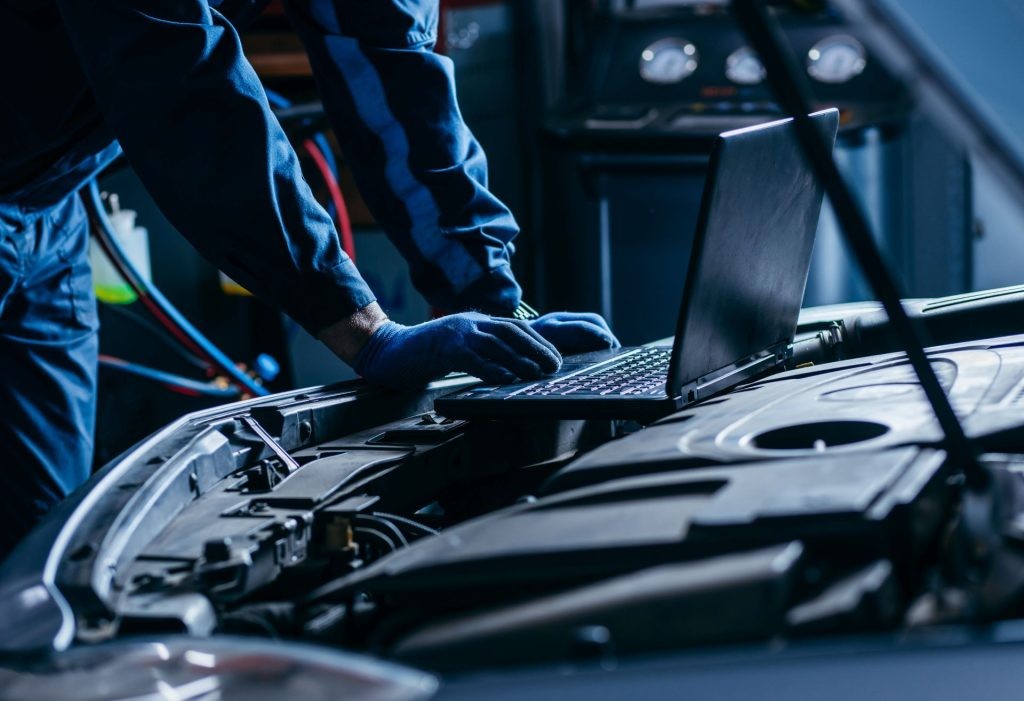Car tuning is a popular way to enhance a vehicle’s performance, efficiency, and overall driving experience. But how does it actually work? This guide delves into the intricacies of car tuning, exploring the key components, benefits, risks, and techniques involved in modifying your car for optimal performance.
Understanding the Basics of Car Tuning
Car tuning involves adjusting various mechanical and electronic components to achieve desired performance outcomes. This can range from simple modifications like air filter upgrades to more complex procedures such as Engine Control Unit (ECU) remapping. The goal is to optimize the car’s systems for increased power, improved handling, better fuel economy, or a combination of these factors.
Key Components Targeted in Car Tuning
Several core components are often the focus of car tuning efforts:
Engine Tuning: The Heart of Performance
The engine is typically the primary target for performance enhancements. Common engine tuning modifications include:
- Air Intake Systems: Upgrading to a cold air intake system allows the engine to draw in cooler, denser air, leading to improved combustion and power output.
- Exhaust Systems: Performance exhaust systems reduce backpressure, enabling the engine to expel exhaust gases more efficiently, resulting in increased horsepower.
- ECU Remapping: Modifying the engine’s software (ECU) allows tuners to adjust parameters like fuel injection timing and ignition timing to optimize performance and potentially improve fuel efficiency.
Suspension Tuning: Enhancing Handling and Stability
Suspension tuning focuses on improving a car’s handling and road-holding capabilities. Modifications can include:
- Lowering Springs: Reducing the vehicle’s ride height lowers the center of gravity, improving handling and stability during cornering.
- Performance Shocks and Struts: Upgraded shocks and struts provide better damping control, leading to improved ride quality and handling.
Brake Tuning: Ensuring Stopping Power
Enhanced braking performance is crucial for tuned cars with increased power. Common brake upgrades include:
- Performance Brake Pads: Upgraded brake pads offer increased friction, resulting in shorter stopping distances.
- Larger Brake Rotors: Larger brake rotors provide better heat dissipation, reducing brake fade during aggressive driving.
Benefits of Car Tuning
Car tuning offers a range of potential benefits, including:
- Increased Horsepower and Torque: Engine tuning can significantly increase a car’s power output.
- Improved Fuel Economy: In some cases, tuning can enhance fuel efficiency by optimizing engine combustion.
- Enhanced Handling and Responsiveness: Suspension and brake upgrades lead to a more engaging and responsive driving experience.
Risks and Considerations
While car tuning can offer substantial benefits, it’s essential to be aware of potential risks:
- Voiding Warranties: Modifications may void manufacturer warranties.
- Legal and Safety Concerns: Some modifications may not comply with local regulations.
- Potential for Damage: Improper tuning can damage engine components.
DIY vs. Professional Tuning
Car tuning can be performed by experienced DIY enthusiasts or by professional tuning shops. DIY tuning requires significant knowledge and specialized tools. Professional tuning ensures expertise and access to advanced equipment, but it comes at a higher cost.
Conclusion: Unlocking Your Car’s Potential
Car tuning offers a pathway to unlock a vehicle’s hidden potential, transforming its performance and driving dynamics. Understanding How Car Tuning Works empowers car enthusiasts to make informed decisions about modifications. Whether pursuing increased power, improved handling, or enhanced efficiency, responsible tuning, combined with proper maintenance, can elevate the driving experience to a new level. Remember to always prioritize safety and adhere to local regulations.

